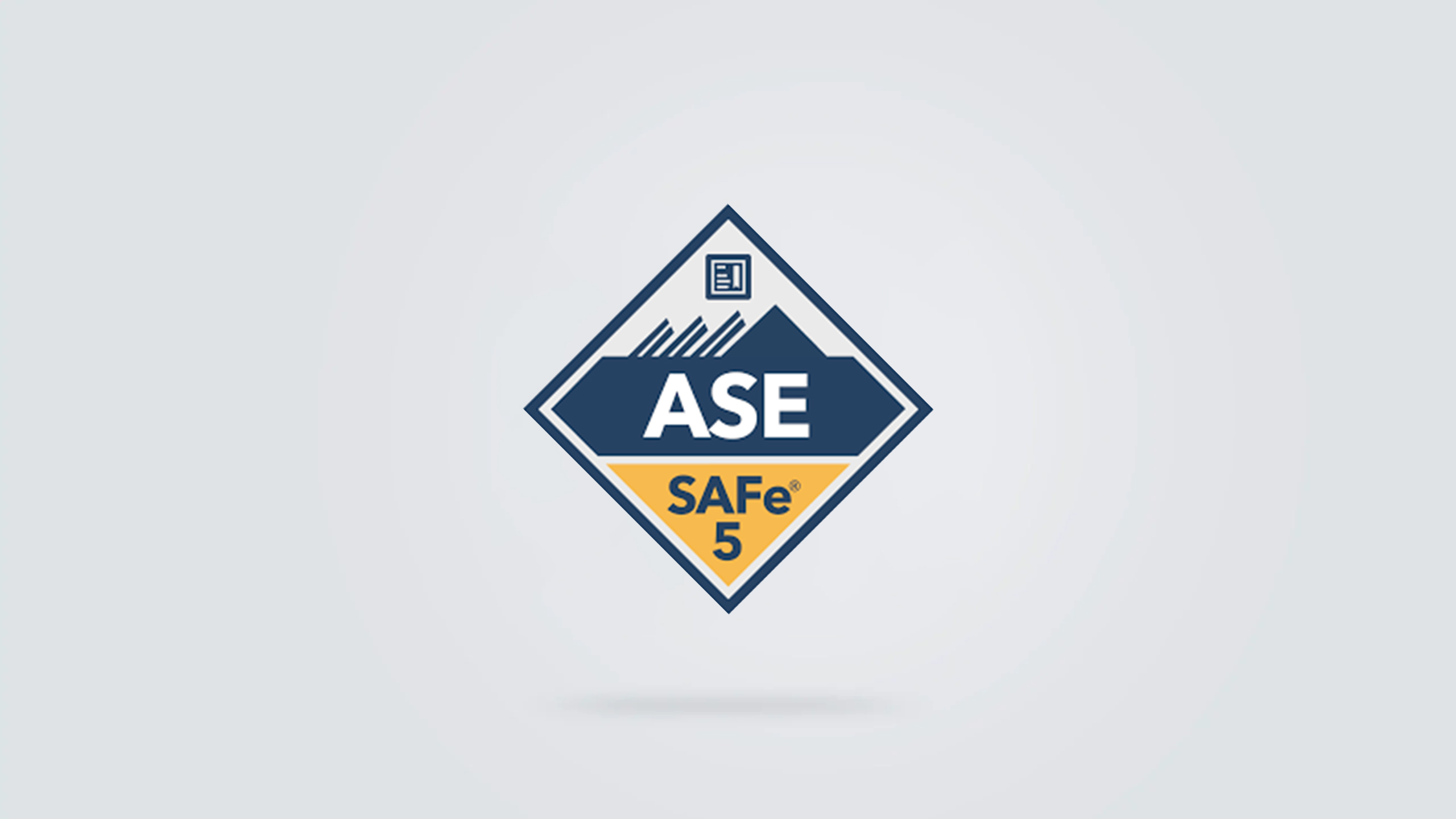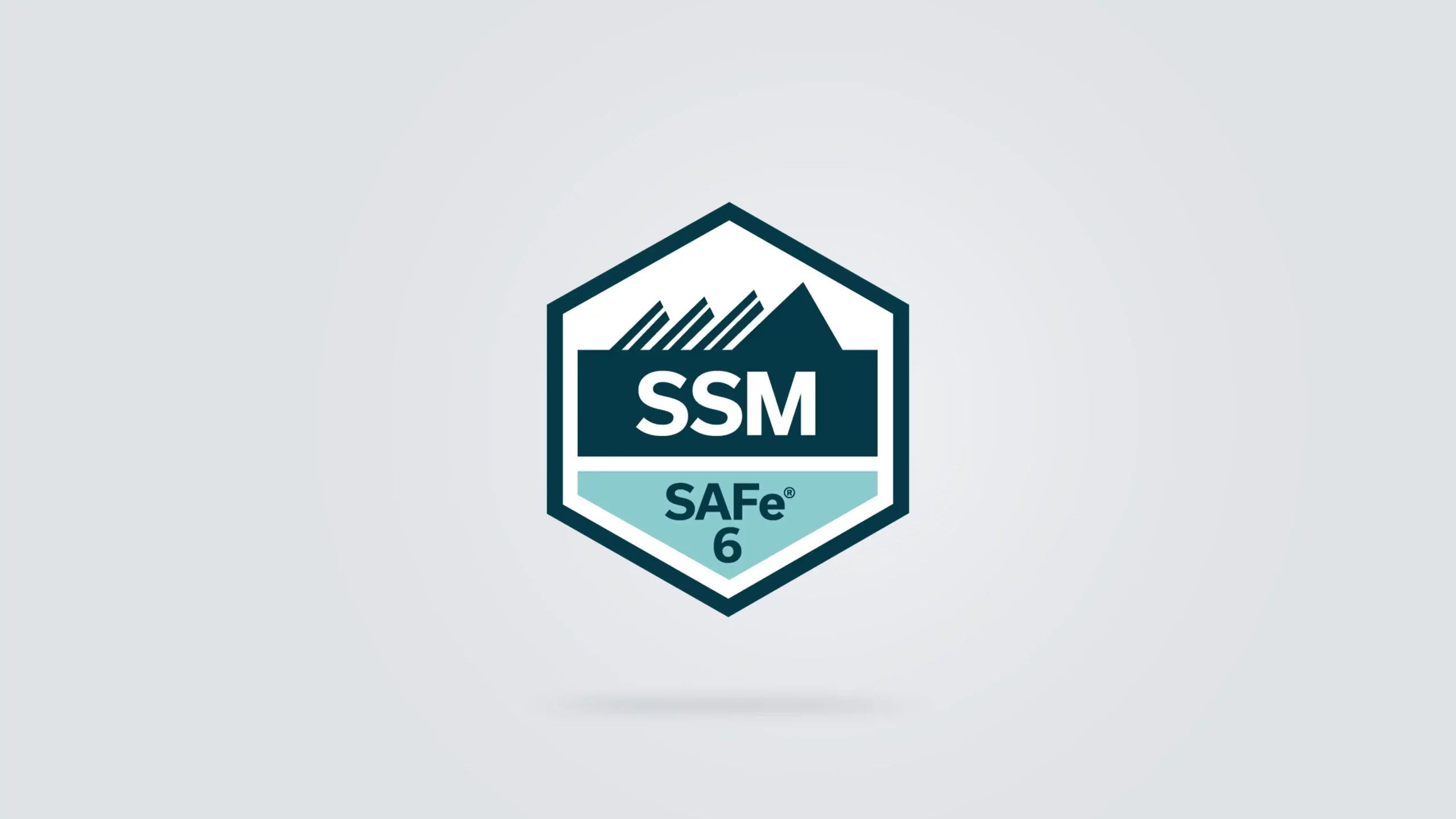Coming To Be a SAFe Agilist: A Step Toward Agile Quality and Management
Coming To Be a SAFe Agilist: A Step Toward Agile Quality and Management
Blog Article
SAFe Qualification: Equipping Leaders in Scaled Agile Frameworks
The landscape of task administration is advancing, and SAFe Certification stands as a critical aspect for leaders looking for to implement the Scaled Agile Framework successfully. This accreditation equips experts with essential skills to cultivate partnership and innovation within their teams, inevitably enhancing organizational performance. The trip to ending up being an accredited SAFe leader entails more than simply acquiring expertise; it incorporates recognizing the nuanced duties and responsibilities within nimble settings. As we discover the details of SAFe Qualification, the implications for management efficiency and organizational success warrant much deeper evaluation.
Understanding SAFe Qualification
SAFe accreditation, which stands for Scaled Agile Structure qualification, is a credentialing program developed to gear up experts with the understanding and abilities essential to apply dexterous techniques at scale within their companies. The SAFe structure supplies an organized approach that assists companies align their groups and handle bigger tasks effectively, making sure that active methods are applied consistently across numerous levels.
The qualification includes numerous functions, including SAFe Agilist, SAFe Practitioner, and SAFe Program Consultant, each concentrating on various elements of the framework. The program stresses the significance of lean concepts, continuous shipment, and collaboration amongst groups, fostering an environment conducive to development and performance.

Participants undergo rigorous training that incorporates academic knowledge with useful application, boosting their capability to lead nimble makeovers. The curriculum includes topics such as dexterous groups, program implementation, and portfolio management, making certain that licensed professionals are skilled in all aspects of the SAFe methodology.
Advantages of SAFe Certification
Getting a Risk-free qualification offers countless advantages for professionals aiming to improve their occupations in agile job administration. It furnishes people with a detailed understanding of the Scaled Agile Structure, enabling them to effectively implement nimble principles across large organizations. This expertise is critical as services increasingly embrace active approaches to enhance productivity and flexibility.
Additionally, SAFe certification improves a prospect's marketability and profession leads. SAFe DevOps certification. As companies look for licensed experts to lead their active changes, certified people can command higher salaries and stand out in an affordable work market. Furthermore, acquiring this qualification demonstrates a commitment to constant learning and specialist growth, which is highly related to by employers.
Networking possibilities likewise occur from SAFe qualification, linking people with a neighborhood of like-minded experts and sector leaders. This can lead to partnership, mentorship, and expertise sharing, further enhancing one's specialist experience.
Lastly, licensed experts are typically better equipped to foster a society of cooperation and innovation within their teams, driving effective outcomes in active tasks. Generally, the advantages of SAFe certification are manifold, making it an important financial investment for those in the agile job monitoring domain.
The Accreditation Process

Prospects are then encouraged to join an extensive training program, typically conducted by a licensed SAFe trainer. These courses cover essential ideas, concepts, and methods of the Scaled Agile Structure, supplying individuals with useful understandings and functional expertise.
Complying with the training, candidates have to pass a certification examination to demonstrate their understanding and skills in applying SAFe principles. The tests are created to evaluate not just expertise yet likewise the capability to carry out dexterous methods efficiently within a scaled atmosphere.
As soon as accredited, people obtain accessibility to a wide range of resources, consisting of area networks and continuous knowing possibilities, which further enhance their agile management capacities. Keeping qualification requires constant professional development, making certain that leaders remain current with evolving practices within the framework. Inevitably, the qualification process is an extensive yet gratifying pathway for those aiming to master active leadership.
Responsibilities and roles
Efficient application of the Scaled Agile Framework (SAFe) relies greatly on plainly defined duties and obligations within an organization. These roles are essential for making certain positioning, efficiency, and reliable collaboration throughout teams.
At the team level, vital roles consist of the Scrum Master, Product Proprietor, and Agile Group Members. The Scrum Master promotes the dexterous procedure, guaranteeing that the team complies with the SAFe principles while removing obstacles. The Item Proprietor is responsible for optimizing the value of the product and managing the stockpile to align with business goals. Agile Team Members add their specialized skills to supply top quality increments.
At the program level, the Release Train Designer (RTE) plays an essential duty see this here in managing the Agile Launch Train (ART), ensuring smooth program execution and placement throughout numerous teams (Leading SAFe). In addition, the system architect and entrepreneur supply technical support and calculated vision, specifically
Constant Renovation in SAFe
Continual enhancement is a cornerstone of the Scaled Agile Framework (SAFe), driving organizations to enhance their procedures, products, and general efficiency. By cultivating a society of constant renovation, SAFe motivates teams to on a regular basis assess their outcomes and operations, identify ineffectiveness, and carry out techniques for enhancement. This repetitive procedure not only boosts performance but additionally lines up teams with the company's strategic objectives.
Central to this technique are the Inspect and Adapt (I&A) workshops, which offer organized possibilities for representation and learning. Throughout these sessions, groups analyze performance metrics, talk about obstacles, and produce actionable insights to lead future models. Furthermore, using Agile Release Trains (ARTs) facilitates cross-functional partnership, making it possible for groups to share finest methods and drive collective enhancement.
Moreover, Lean-Agile leadership plays a critical function in promoting an attitude of continuous enhancement. Leaders are entrusted with cultivating an atmosphere where trial and error is motivated, and failures are deemed learning opportunities. By installing constant improvement right into the business society, SAFe encourages groups to SAFe DevOps certification continue to be responsive and dexterous to changing market needs, inevitably enhancing their ability to deliver worth to customers.
Conclusion
In verdict, SAFe Accreditation offers as an essential tool for leaders intending to implement agile practices effectively within their organizations. By cultivating an extensive understanding of the Scaled Agile Structure, this certification boosts job, partnership, and advancement outcomes. In addition, it opens up avenues for expert growth and networking among sector experts, making sure that licensed experts stay adept in browsing the intricacies of today's dynamic service landscape. Inevitably, SAFe Qualification contributes significantly to business success and durability.
The landscape of task Visit This Link administration is advancing, and SAFe Accreditation stands as a critical component for leaders seeking to execute the Scaled Agile Structure effectively.Obtaining a SAFe accreditation supplies numerous advantages for experts looking to enhance their jobs in nimble task administration - SAFe Agilist. The Scrum Master helps with the dexterous procedure, making sure that the group sticks to the SAFe concepts while removing obstacles. By embedding continuous improvement into the organizational society, SAFe empowers groups to remain active and receptive to changing market needs, eventually enhancing their ability to provide worth to customers
In conclusion, SAFe Certification offers as a vital device for leaders aiming to apply active techniques properly within their companies.
Report this page